Upon entering the Memorial Museum, visitors begin by watching a thirteen-minute documentary compiled from video footage taken by evacuees on the day of the tsunami. Voices of survivors combine with graphic visuals to provide a powerful, comprehensive account of how the events of March 11, 2011 unfolded.
Tsunami Museum at the Ruins of Koyo High School
気仙沼市 東日本大震災遺構・伝承館 / Ruins of the Great East Japan Earthquake・Kesennuma City Memorial Museum
Learn the story of the 2011 tsunami in Kesennuma
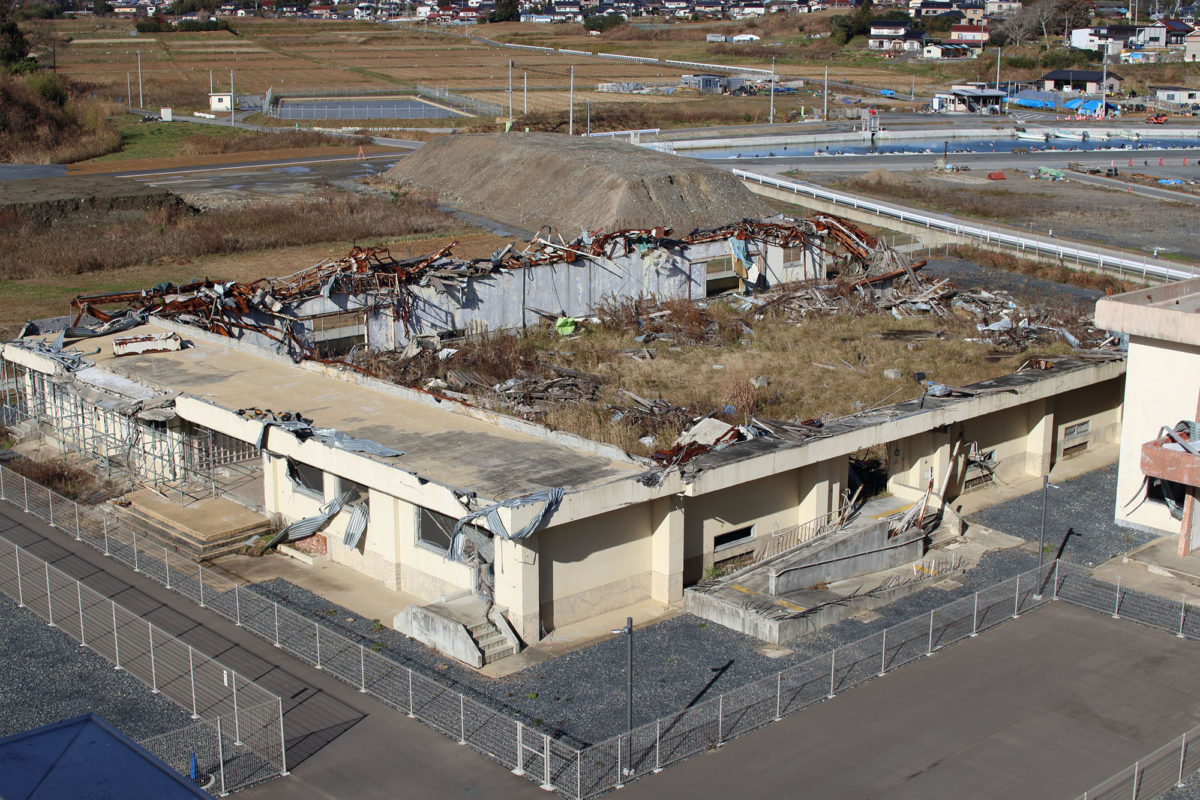
Photo by Kesennuma City Memorial Museum
Photo by Kesennuma City Memorial Museum
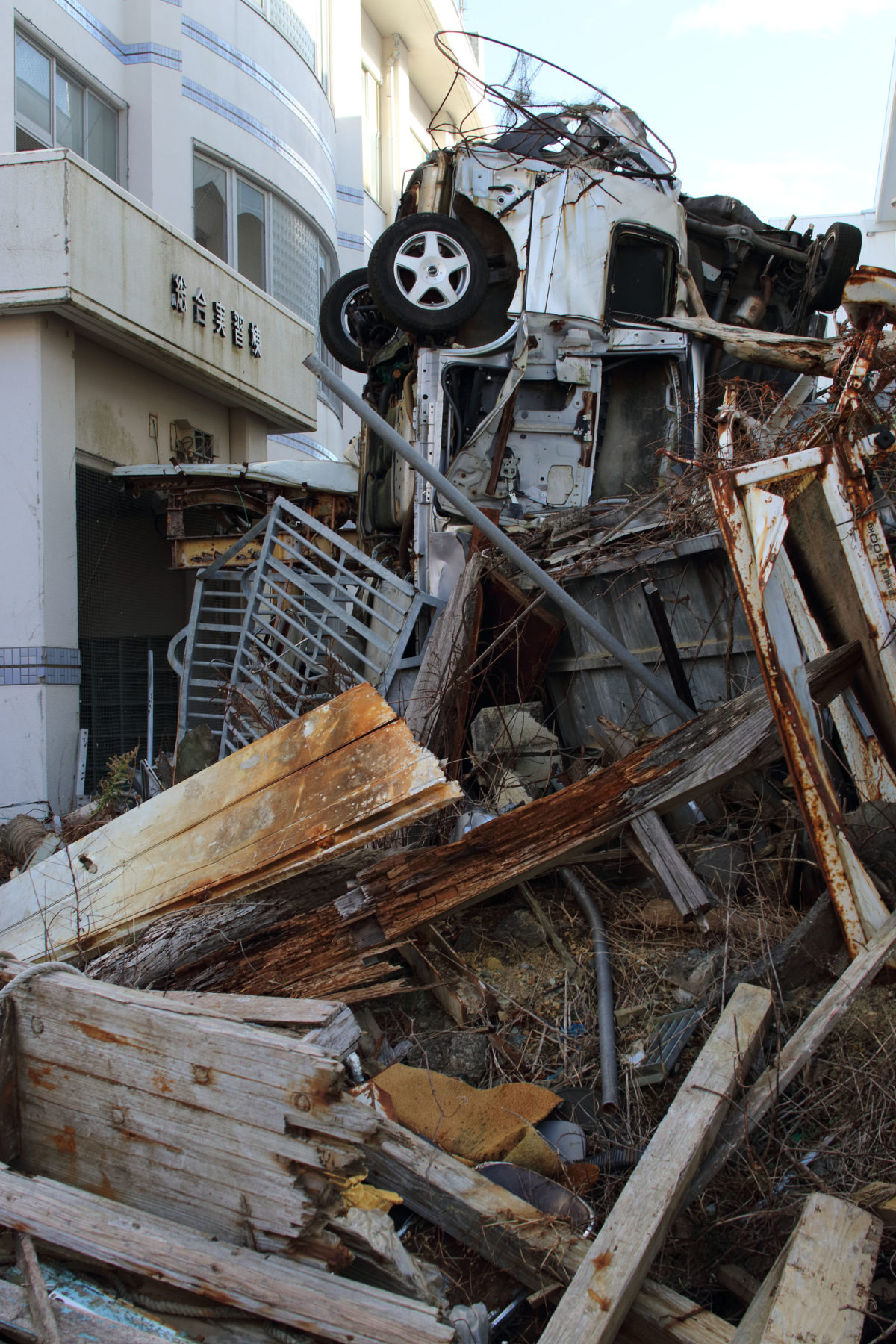
Photo by Kesennuma City Memorial Museum
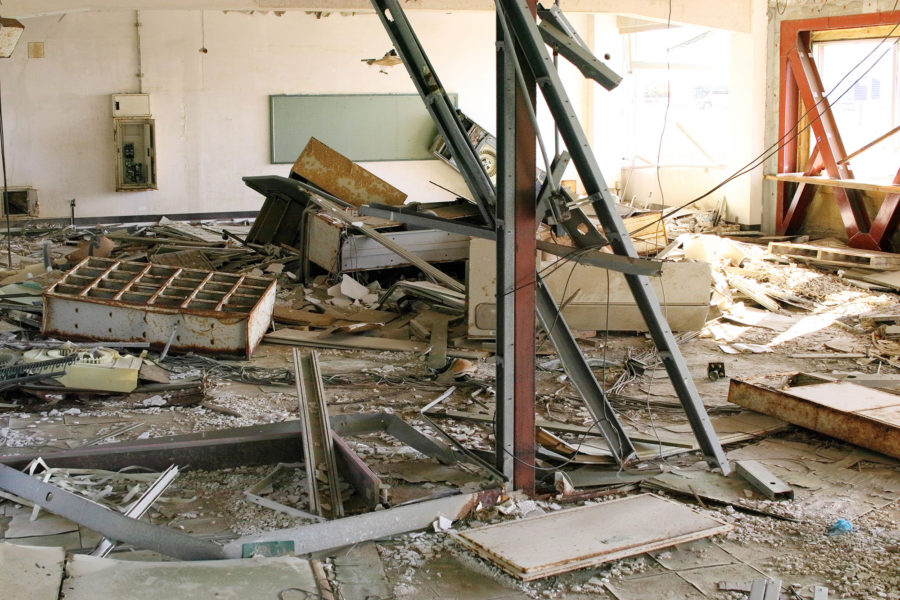
Photo by Kesennuma City Memorial Museum
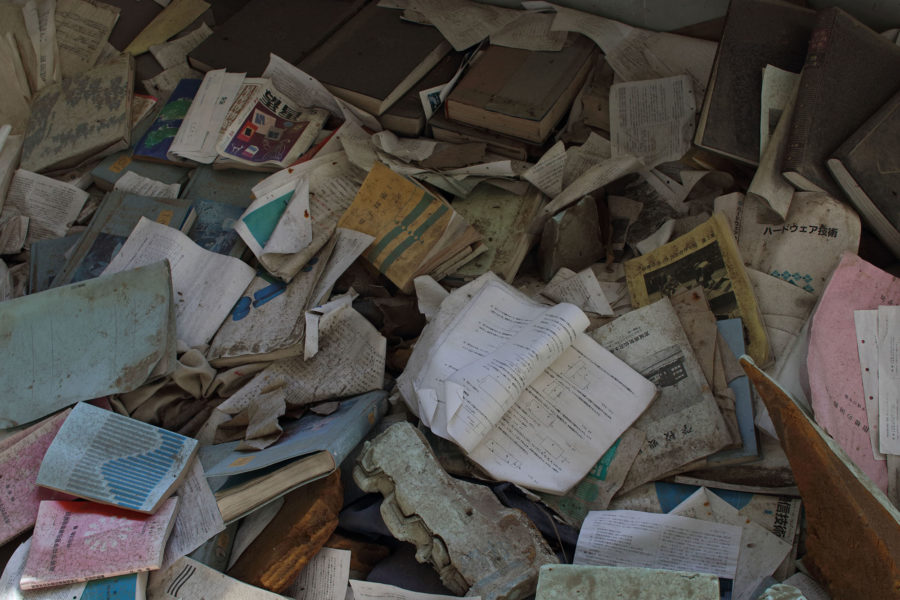
-
In the years since the 2011 tsunami, as debris from the disaster began to be cleared away and damaged buildings were demolished and rebuilt, people in Kesennuma began to discuss what kind of reminders of the disaster they wanted to leave for future generations. Although Koyo High School suffered extensive structural damage, the 170 students and all staff members who were at school on the day of the tsunami were able to evacuate safely. Thus, the school became a symbol for effective disaster preparedness, and was selected as the site for the city’s Tsunami Memorial Museum.
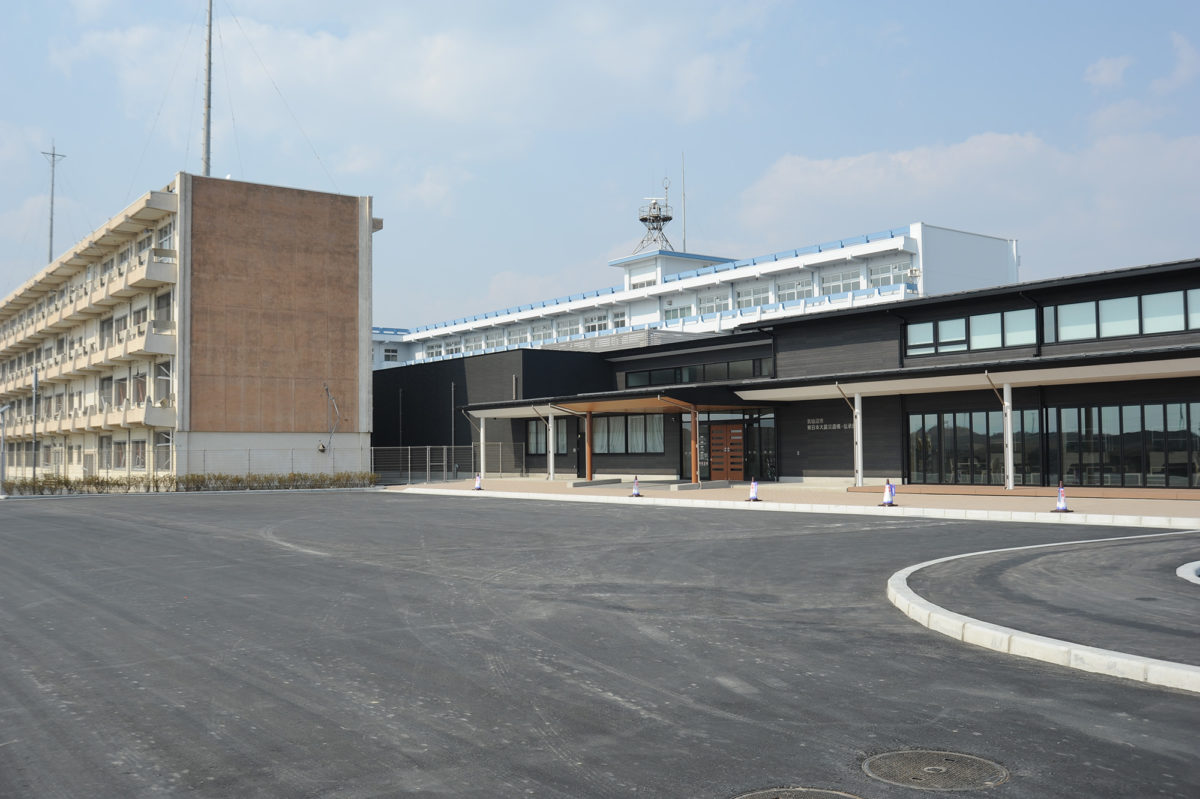
After exiting the theater, the next exhibit is a series of photographs of Koyo High School and the surrounding areas which were taken in the days following the disaster. The photos are accompanied by panel descriptions which outline the events as they occurred at the school. The panels are in Japanese, but visitors can scan the QR codes accompanying them to get translations in English, Indonesian, Korean and Chinese (both Traditional and Simplified). The QR codes can’t be scanned by a standard QR code reader. They require an app called T-VOIX which can be downloaded for free from both the Play Store and the App Store. The Wi-Fi at the museum can sometimes be difficult to connect to, so if possible, it’s advisable to download the app in advance.
After passing through the photo exhibit, visitors then enter the actual ruins of the school building. Although some work has been done on the structure to make it safe to enter, the classrooms have been left virtually untouched. Visitors can follow along with a map of the exhibits as they walk through the school from the first floor to the rooftop, stopping to observe the scale of the devastation at each level. Places of note include a third-floor classroom with a car lodged in it, carried into the building through a window; and a rusted letter cabinet on the fourth floor which provides a visual marker for how high the tsunami waters reached in the building.
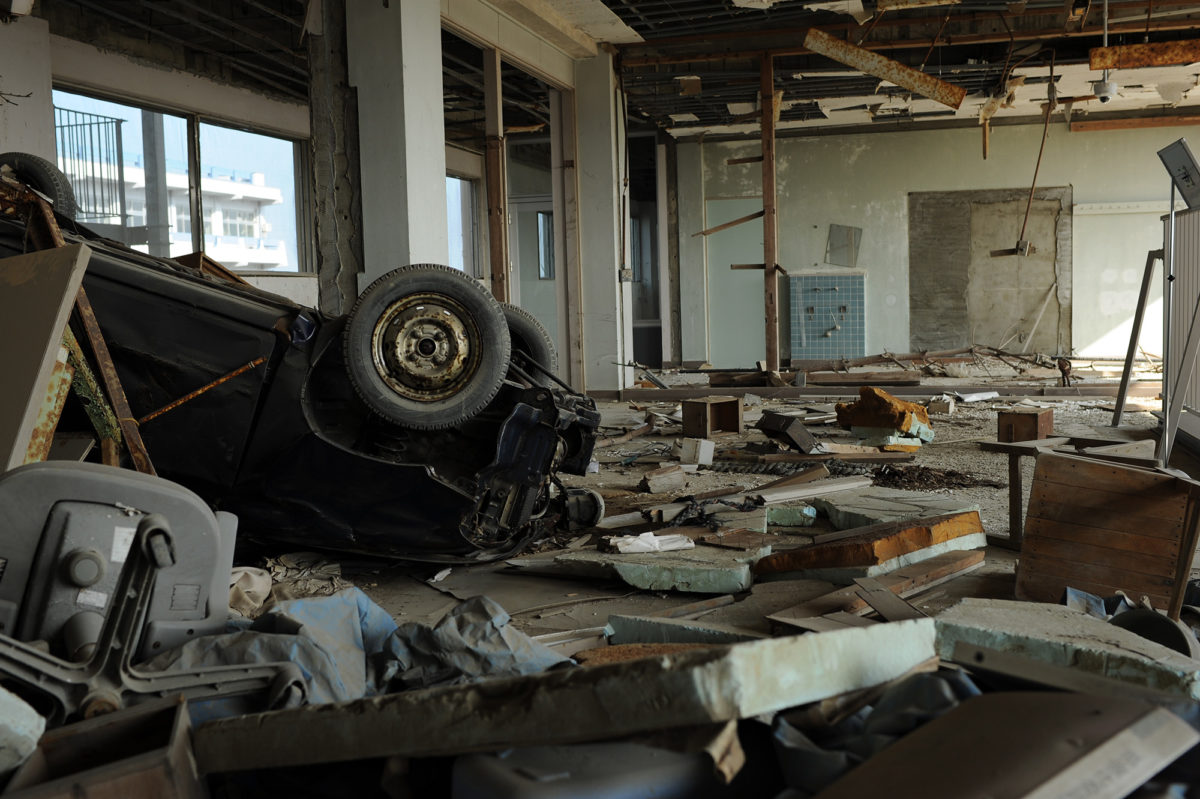
On the rooftop, there are some more panels which provide information about the damage to the surrounding areas and also tell the story of how the teachers who were left stranded at the school managed to survive. After visitors finish their tour of the actual school building, they enter the final section of the museum, which begins with another photo exhibit chronicling things such as the search and rescue operations conducted by the Japan Self-Defense Forces, as well as the hardships faced by survivors living in the evacuation centers.
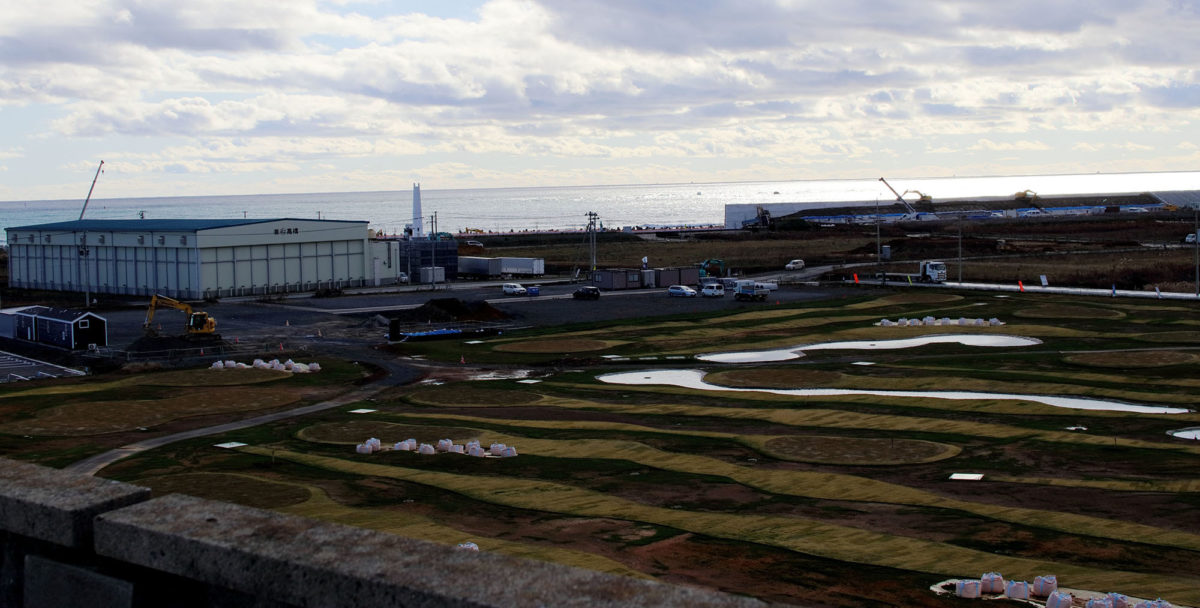
-
Last Update
March 27, 2020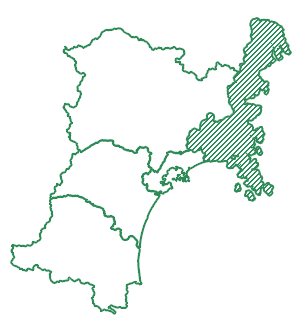
Area Sanriku Coast
Details
ADDRESS
9-1 Hajikamisemukai, Kesennuma, Miyagi 988-0246
ACCESS BY PUBLIC TRANSIT
20-minute walk from Rikuzen-Hashikami Station (Kesennuma BRT Line)
ADMISSION
¥600 adults, ¥400 children ages 6–18, ¥300 children ages 6–15
CREDIT CARDS
Accepted
LANGUAGES
English, Korean, Indonesian, Chinese (Traditional & Simplified)
HANDICAP ACCESSIBLE
Yes
HOURS
April–September 9:30–17:00 (last entry 16:00)
October–March 9:30–16:00 (last entry 15:00)
CLOSED DAYS
Mondays*
The day after a national holiday
December 29–January 4
Regardless of day, the museum will always be open on: the 11 of every month, September 1 (Disaster Prevention Day), & November 5 (World Tsunami Awareness Day)
*If Monday is a national holiday, the museum will be open Monday and closed the following day instead
PHONE
0226-28-9671
OFFICIAL URL
Visit Miyagi © 2018 All Rights Reserved.